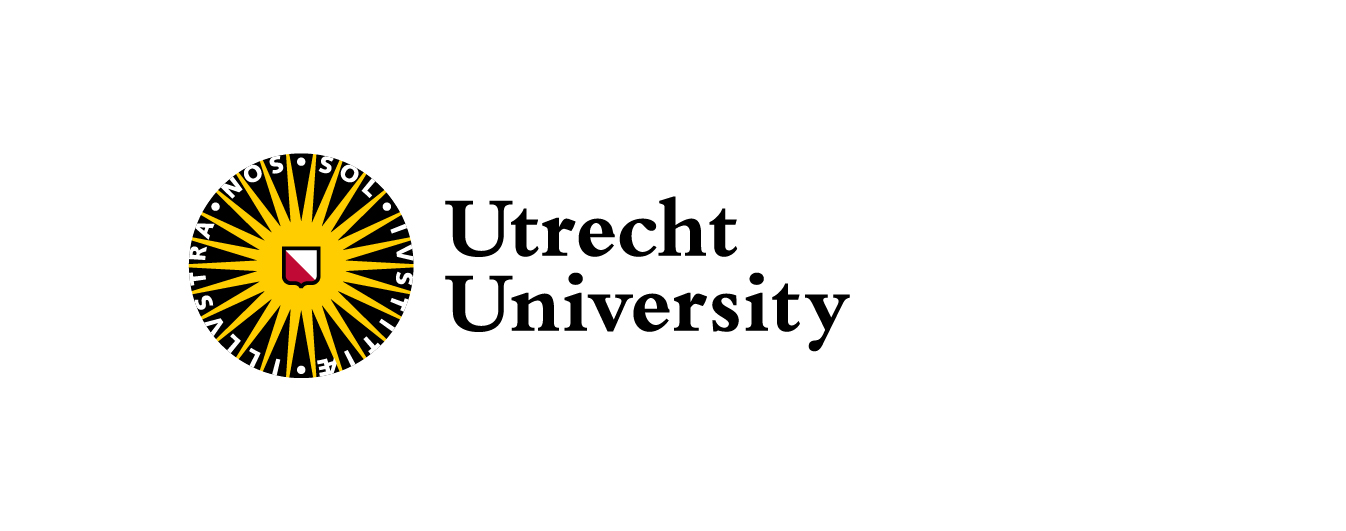Abstract
Esports has rapidly evolved into a competitive arena that rivals traditional sports in both popularity and complexity. As games like Valorant, a popular first-person shooter (FPS), gains popularity, there is a growing need to understand the influences that affect competitive performance. One less researched aspect is "game intensity", which reflects a player's engagement, stress levels, and overall performance during high-stakes matches. Understanding and quantifying game intensity is crucial because it can influence decision-making, reaction times, and communication within teams, directly impacting match outcomes. Insights into game intensity can inform training programs, optimize strategies, and improve coaching tools, benefiting players, coaches, and the broader esports community.
This thesis was conducted in the context of Patterns GG Limited, a company that focused on developing innovative data-driven solutions. With them this thesis develops a model for measuring and analyzing player performance to evaluate intensity in Valorant. It integrates a mix of quantitative metrics, such as in-game statistics (e.g., kill-death ratios and round durations), and vocal metrics (e.g., voice volume and frequency of speaker turns). Data is collected through video recordings of gameplay, audio recordings, and game logs for performance metrics.
Correlation analysis is used to examine the relationships between these diverse parameters and intensity. Through this model and comprehensive analysis, the thesis offers both theoretical and practical contributions to understanding player intensity in Valorant, enriching competitive gaming strategies and fostering player development.
